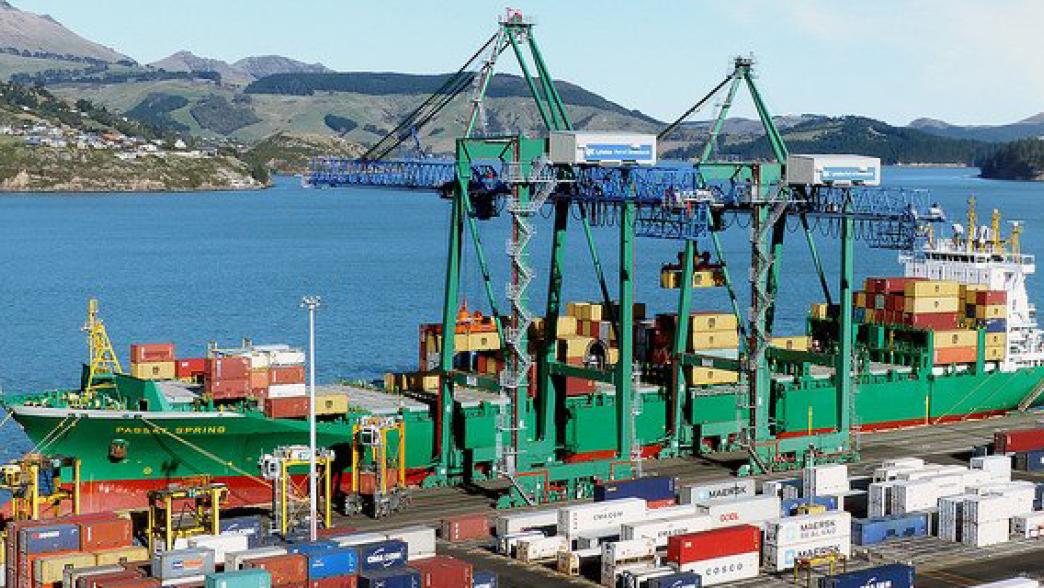Trade defence after Brexit
The government has set up a new public body – the Trade Remedies Investigations Directorate – to pick up the task of managing trade defence after Brex

As it looks to negotiate new trade deals after Brexit, the government has set up a new public body – the Trade Remedies Authority – to pick up the task of managing trade defence after Brexit.
What is trade defence?
If a country believes that imports are unfairly damaging its own producers – most commonly, by undercutting them with significantly lower product or production prices – it can use trade defence policies to restrict imports. Normally, this takes the form of a tariff temporarily applied to the relevant imports.
For example, in 2016, when the EU deemed that China was flooding Europe with under-priced ‘heavy plate’ steel in order to increase its market share, it slapped a 74% tariff on these imports in order to keep European producers competitive.
Will the UK need a whole new approach to trade defence after Brexit?
Developing a new trade defence policy for the UK could be an opportunity for the UK to design a trade defence regime that supports its domestic producers, reduces prices for consumers (by using fewer measures than the EU), or makes the UK a more attractive country to trade with.
Not all of the trade defence measures that the EU has in place will be relevant to the protection of UK industries. But for others – such as the duty on Chinese steel – the UK government may be under political pressure (from UK steel producers) to replicate the EU's approach.
What does the government need to set up a new trade defence policy?
The government has passed legislation to set up the Trade Remedies Authority – a new public body with the responsibility for managing trade defence after Brexit. It has been able to apply trade defence measures since 1 February 2020. However, the UK has asked to be treated as a member during the transition period so it is not yet applying its own policy.
In the meantime, the authority is building capacity to undertake investigations into unfair trade practices.
How has the EU used its trade defence policy?
The EU has made greater use of trade defence measures over the last decade. By the end of 2012, it had brought the second highest number of complaints to the World Trade Organization (WTO) (behind the USA), making it responsible for 19% of all complaints.
Many argue that the EU’s increasing use of trade defence measures is a sign of rising protectionism within the EU. Others believe this confidence makes it easier for the EU to sign free trade agreements, knowing it can take remedial action if things do not pan out as expected.
For example, in 2011 the EU was willing to sign a free trade agreement with South Korea in part because the agreement introduced a specific safeguard in case the deal resulted in an unmanageable influx of South Korean goods.
What are the different types of trade defence the UK must prepare for?
The WTO defines three types of trade defence measures:
- Anti-dumping (most common): A country is deemed to be ‘dumping’ a product if it exports the product at less than its domestic price, or exports it for less than the cost of production. If the importing country can show that this hurts its own domestic producers by undercutting them, it can take an anti-dumping measure. The EU’s 74% tariff on Chinese steel imports was an anti-dumping measure.
- Anti-subsidy: Some countries make financial payments to producers tied to levels of production or exports. If a second importing country can show that these subsidies are undercutting its own domestic producers, it can take an anti-subsidy measure. When the EU determined that US tax credits for its biodiesel industry undermined European producers, the EU put a 237 €/tonne tariff on imports from America.
- Safeguards (least common): If imports of a certain product suddenly and unexpectedly increase, a country can take safeguarding measures to dampen the impact and give its own producers time to adjust. When Thailand found that imports of ‘Hot Rolled Steel Flat Products’ were increasing faster than its domestic sector could adjust, it applied a 40% duty to the products.
For each type of trade defence – anti-dumping, anti-subsidy or safeguards – the policy response normally takes the form of a tariff on the relevant imports. This tariff has to be proportionate to the level of harm caused – the 74% tariff on Chinese steel is judged to be the tariff that is required to return European producers to the ‘normal’ level of profitability.
If proportionality is disputed, countries can take the issue to the WTO to arbitrate. The tariff is also temporary, with the WTO stating that measures should terminate within five years (barring a second investigation).
What are the limits on trade defence policy?
There are WTO rules limiting the use of trade defence policies to avoid them being used as protectionist measures.
If one country applies defence measures that break these rules, the country on the receiving end can launch a dispute at the WTO. When China took out anti-dumping measures against Japanese steel tubes in 2012, Japan challenged it in the WTO. The WTO found that China had not passed the second test in the list above – it could not demonstrate that imports were hurting its domestic industry. China agreed to drop the measures.
- Topic
- Brexit